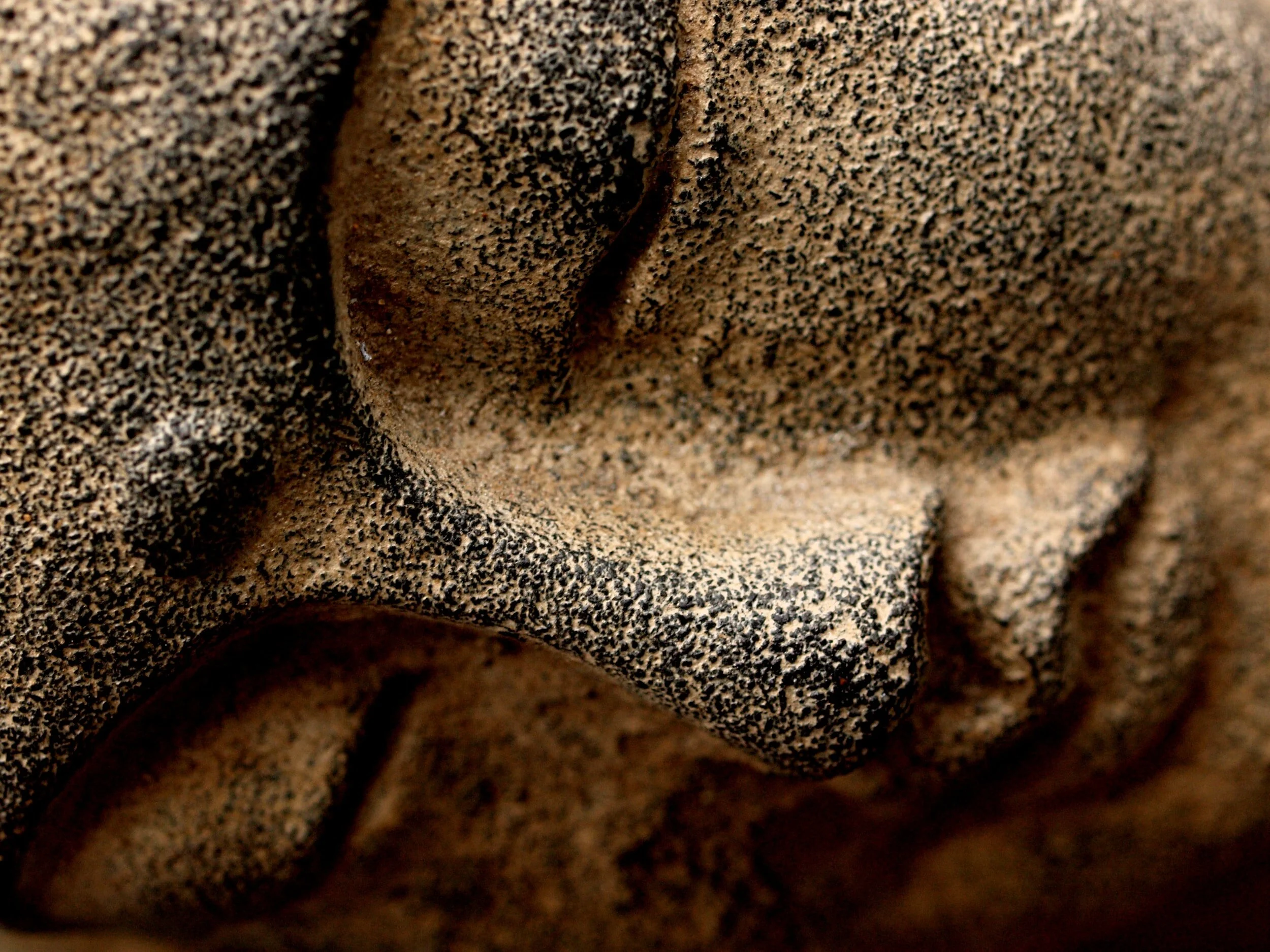Why Yin Yoga? Which yoga studio has the best yin yoga?
Why Yin Yoga?
The best yoga alternative to hatha flow, restorative, chi gong or warm yoga
Private class or yoga studio class?
Yin Yoga classes at fitness studio make me sweat because they are usually hot studios. Alternatively, I could to join a fitness club to find privates
Who is yin yoga best for?
This form of yoga, with its focus on longer-held positions and mindful breathing (pranayama), is best for individuals seeking a meditative practice to deepen their connection to their inner self. It's highly recommended for those who wish to increase joint health and flexibility, due to the unique focus on deep tissues and ligaments.
Furthermore, this practice is a wonderful addition for fitness centre members who are used to high-intensity workouts and are looking to diversify their fitness regimen. It provides a balance to more vigorous activities by promoting mindfulness and mental calmness.
For dedicated yogis looking to delve deeper into their practice, this style of yoga offers the chance to cultivate focus, patience, and inner peace. It serves as a journey inwards, a meditation in motion, inviting practitioners to connect with themselves on a profound level.
Is yin yoga hard for beginners?
Starting any new form of yoga can present its own set of challenges and this one is no different. For beginners, moving into each pose and holding it for extended periods can be demanding. However, with appropriate instruction, it can be an enlightening and enriching journey.
This practice is distinct from more dynamic styles like Vinyasa or Yang, which generate heat and work the muscles. In contrast, this practice focuses on maintaining poses for longer durations, targeting further layers rather than muscles. Therefore, it might feel different, perhaps challenging initially, yet it's perfectly suited for beginners who want to explore a gentler approach.
Attending a workshop is highly recommended for beginners. It allows them to understand the nuances and learn proper alignment and breath control. Over time, practitioners find that this practice brings a beneficial balance to their fitness routine, offering deep relaxation in contrast to more energetic workouts. So, while it may be hard at first, the long-term benefits make it worth trying.
When should you do yin?
Deciding when to do it depends on your personal routine and goals. Its is an excellent practice to strengthen both your mind and body connection through a deeper focus on each pose. The poses are typically held for three to five minutes, allowing you to engage more deeply with your body and mind. This practice targets the deep connective tissues, such as the fascia and ligaments, which are typically not accessed in more dynamic forms of exercise. By holding these poses for longer periods, Yin Yoga improves flexibility by targeting these deep connective tissues, helping to increase flexibility over time. It's ideal to practice Yin Yoga at a time when you can relax and are not in a rush, allowing yourself to fully immerse in the experience and reap the benefits of this deep, restorative practice.
Should you do yin everyday?
If you keep a gentle approach and focus on alignment of poses, it can indeed be practiced daily. The postures in are held for extended periods, which can offer an effective workout for your deep connective tissues, releasing tension and improving mobility. However, it's always essential to listen to your body. While it is gentle, the postures, which are held for longer periods, can be intense. If you're feeling particularly tight or sore one day, you might want to opt for a more restorative class or even a day of rest. Consistently integrating Yin Yoga into your daily routine can help manage tension, enhance mobility, and improve your overall wellbeing.
What happens in the body after yin yoga?
After a session of Yin Yoga, several beneficial changes occur in the body. The long-held poses encourage adjustments in body alignment and deepen our breathing, enhancing the mind-body connection. Props are used to assist in maintaining these poses, allowing us to delve into a deeper state of relaxation and promote overall wellbeing. Regular attendance of yin-like classes complements more dynamic exercise routines, making it a practice many yogis are looking for. In essence, Yin Yoga encourages healthier breathing, boosts physical balance, and allows us to tune into our bodies more effectively.
Why do I cry after yin yoga?
It's not unusual to experience a rush of emotions, even leading to tears, after a session. It is a unique, and quite challenging style of yoga where postures are held for longer periods, often targeting the deep connective tissues around the joints and pelvis. This passive yet steady practice can stimulate a profound flow of energy, unearthing buried emotions and allowing them to surface. This is particularly prevalent in this practice because the long-held poses, coupled with controlled breathing techniques, create a deep state of relaxation that can soothe both the body and mind. Remember, an integral part of Yin Yoga teacher training is learning to navigate these emotional releases, and a fantastic instructor will reassure you that this is a normal part of the yoga journey. These emotional experiences are simply an energetic release of stored emotions, further helping to bring balance to your overall wellbeing.
Why do you have to drink water after yin yoga?
Hydrating after long held postures is crucial to support your body's natural detoxification processes. We intentionally hold poses for longer periods of time, applying gentle pressure to various points along the body's meridians - energy pathways that are vital to our organ health. The focus on the tendons and the spine during these prolonged poses aids in the release of stored toxins.
The unique benefits that we are exploring include this internal cleansing, which can be enhanced by drinking water after your practice. If you're participating in a more strenuous variation such as hot yoga, hydration becomes even more essential to replenish lost fluids from sweating. So, to ensure you're getting the most out of your Yin Yoga practice, remember to hydrate well post-session.
Does yin release trauma?
Absolutely, Yin Yoga does have a profound role in trauma release. In contrast to traditional yoga, Yin Yoga targets the deeper connective tissues of our body where stress or trauma can be stored. The essence of this yoga practice is in its long-held poses, which promote a sense of inner peace and emotional release. In this space of stillness, practitioners are given the opportunity to confront and process stored trauma. As these poses are long held and emotions are experienced in a safe and nurturing environment, Yin Yoga can indeed assist in releasing trauma, facilitating a journey of healing and transformation.
Why is yin so hard?
Undoubtedly, the practice of holding long, deep stretches targeting connective tissue can be challenging. This approach, differing from more dynamic forms of exercise, requires an intense focus on breath control and patience. It may seem tough initially because it nudges us to relax deeply into each pose, which can test both our mental and physical stamina. It's a wellness journey that involves learning to work with our breath, facilitating both flexibility and relaxation, which can be a unique challenge in our fast-paced lives. However, with continued practice and dedication, this level of deep relaxation and flexibility becomes more attainable and rewarding.
Stay tuned for future blogs answering these top questions:
Is yin good for anxiety?
Where is trauma stored in the body yoga?
What organ holds trauma?
What kind of trauma is stored in the hips?
How do you release trauma trapped in your body?
Where is shame held in the body?
Where is anxiety stored in the body?
What emotion is stored in the shoulder blades?
How do I get the most out of Yin Yoga?
Does Yin Yoga release fascia?
Why is Yin Yoga healing?
Additional yoga teacher trainings, courses & workshops we have offered include:
300 Hour Yoga Teacher Training / Yin Yoga / Yamas & Niyamas / Ayurveda Vancouver / Kids Yoga / Yoga Nidra / Art of Assisting / Mantra & Vedic Stories / Chair Yoga / Biotensegrity / Advanced Philosophy & Pranayama / Restorative Yoga


